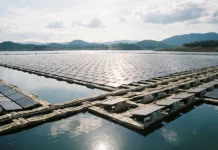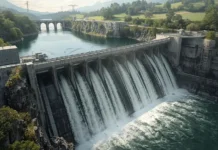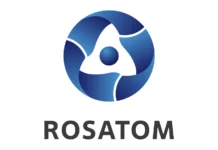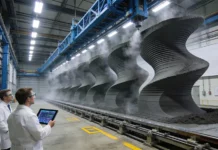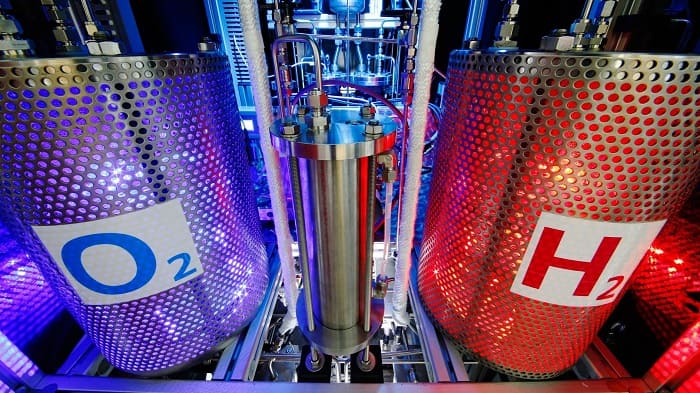Since the mid-’80s, concentrating solar power (CSP) plants have generated clean energy to power our homes, schools, offices, and communities. Yet, one consistent challenge of CSP plants is hydrogen buildup, which can be costly to mitigate and reduces plant efficiency. NREL Senior Scientist Greg Glatzmaier has spent much of his career finding a solution.
By far, the most common type of CSP plant is based on a parabolic trough design, where heat absorber tubes run along curved concentrating mirrors to absorb the sun’s energy. During operation, the organic-based fluid that delivers heat from the parabolic trough receivers to the electricity-generating steam turbine undergoes a small but constant thermal breakdown. While miniscule, the resulting hydrogen off-gassing has a severe impact—causing thermal losses that can decrease overall plant efficiency and revenue by 15%. With more than 80 CSP parabolic trough plants operating worldwide, that adds up to an estimated 750 megawatts of lost generation capacity and about $250 million dollars in lost revenue annually.
Inevitably, all CSP parabolic trough plants will suffer from hydrogen buildup.
Developing an effective solution to that intractable problem required all of Glatzmaier’s sleuthing skills: keen observation, practical knowledge of CSP plant operations, and computational modeling expertise. For years, several promising solutions either failed in testing or provided only a five- to seven-year fix, which is insufficient for CSP plants with a useful lifespan of at least 30 years. Replacing individual receivers once their efficiency has degraded was an option that proved too expensive. Hydrogen was the invisible culprit in this problem, and it was hiding in plain sight.
So Glatzmaier, with support and funding from the Department of Energy’s Solar Energy Technology Office, partnered with Acciona Solar Power to develop a systemic mitigation process that permanently controls hydrogen in receivers to extend or restore original power-plant efficiency and revenue.
“It’s always been a priority for me to create something of practical use and value for the technology and the industry,” Glatzmaier said.
Sleuthing Skills Point the Way to a Solution
While searching for a solution, Glatzmaier, along with other researchers, drove up and down the collector rows at CSP power plants in the Mojave Desert, taking infrared images of the receivers to monitor the temperature of glass sleeves that enclose the tubes that transport heated fluid. Receivers were designed to operate with a glass surface temperature of 140°F. The infrared images, however, measured some receivers with glass surface temperatures of 284°F to 320°F. Somehow the insulating value of the glass sleeves had been compromised, and heat loss was occurring.
Researchers understood that heat-transfer fluids can off-gas hydrogen, hydrogen can leak through steel tubes, and hydrogen is a good conductor of heat. All three conditions were present in the receiver, and the unexpectedly high glass surface temperatures provided the first clue. Researchers identified the cause of the heat loss, but identifying the hydrogen buildup problem proved to be much simpler than devising a solution to remove it.
Glatzmaier was a keen observer with an operator’s knowledge of how CSP plants work. As he considered different solution scenarios, he realized that if the hydrogen was going to be removed, it had to be done at a single location. Being familiar with how the plant was laid out, how it functioned, and how the heat-transfer fluid circulated, he considered which components would see all the heat-transfer fluid that flows through the plant. He focused his attention on the expansion tanks that hold all the heat-transfer fluid that is not in circulation.




